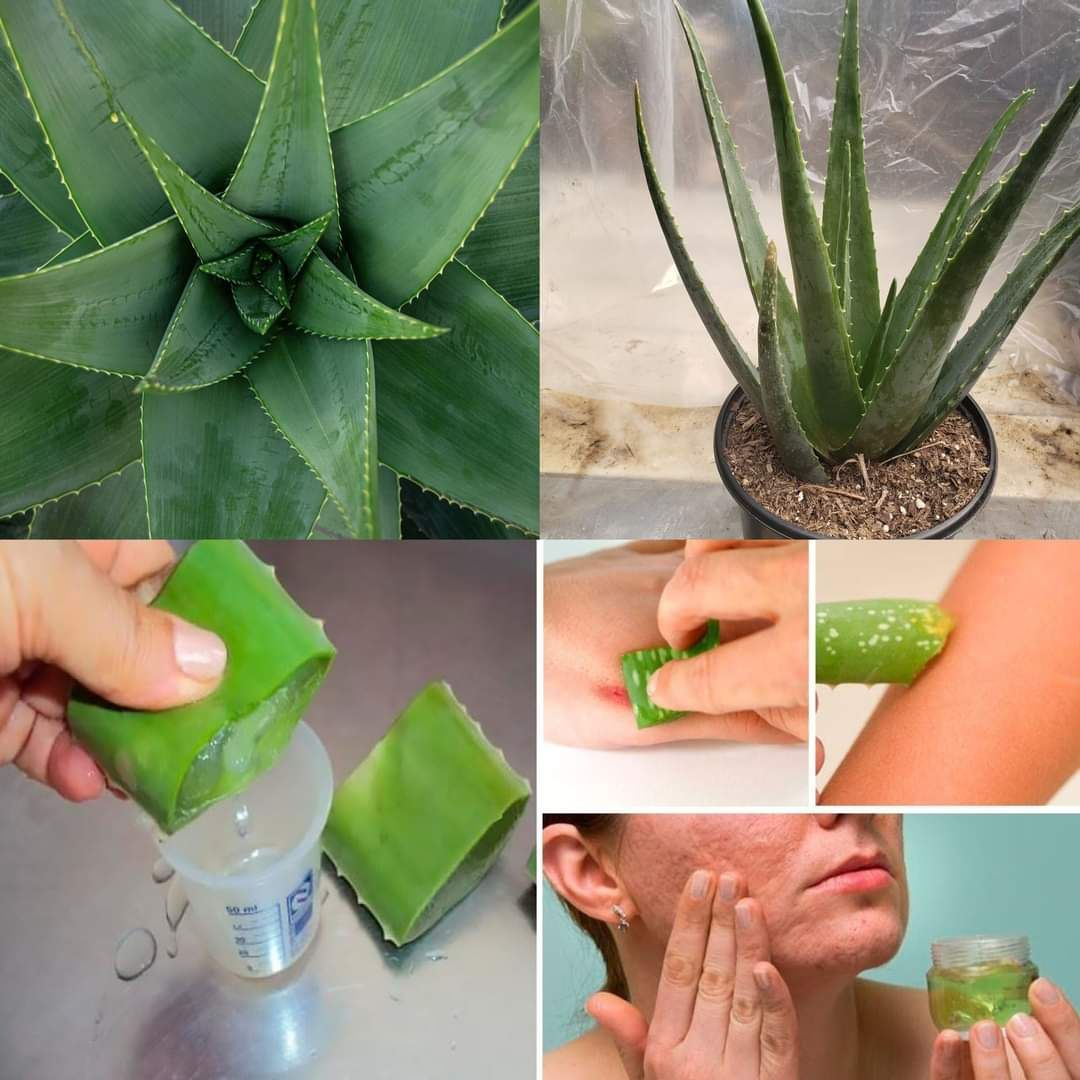ADVERTISEMENT
5. Reduces Acne and Infection The gel’s anti-inflammatory properties help reduce skin inflammations, blistering, and itchiness, while aiding in the prevention of acne through gentle cleansing and antimicrobial properties. Aloe vera can also reduce the severity of acne and prevent future outbreaks.
6. Lightens Blemishes on the Face Thanks to its skin healing properties, aloe vera can help to reduce scar formation and lighten blemishes and dark spots. This is partly due to the aloin it contains, which has skin lightening properties.
7. Nourishes and Cures the Skin Aloe vera is packed with over 75 potentially active constituents including vitamins, enzymes, minerals, sugars, lignin, saponins, salicylic acids, and amino acids. These components have been shown to nourish the skin and cure a range of skin conditions including dry skin and severe flaking.
How to Use Aloe Vera Gel on Your Face and Skin:
Direct Application: Apply fresh aloe vera gel directly to your skin and leave it on as a mask for about 30 minutes before rinsing.
As a Moisturizer: Use it as a daily moisturizer by applying a thin layer to your face and neck after washing.
For Acne: Apply a small amount of gel directly onto your acne spots and let it sit overnight.
Conclusion With its soothing, moisturizing, and healing properties, aloe vera is a beneficial natural remedy for many skin conditions. Whether you’re dealing with sunburn, acne, or signs of aging, aloe vera is a natural, effective solution worth considering. For best results, ensure you use pure aloe vera gel, ideally directly from the plant or from a trusted over-the-counter brand that offers pure aloe without added ingredients.
